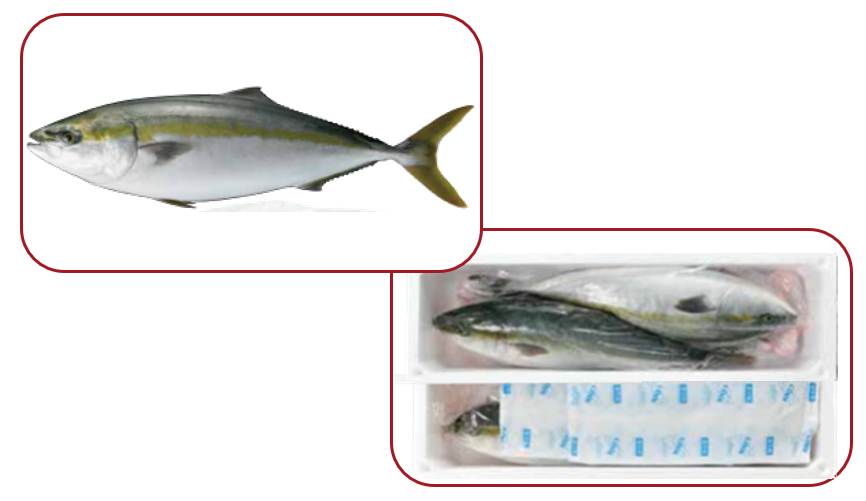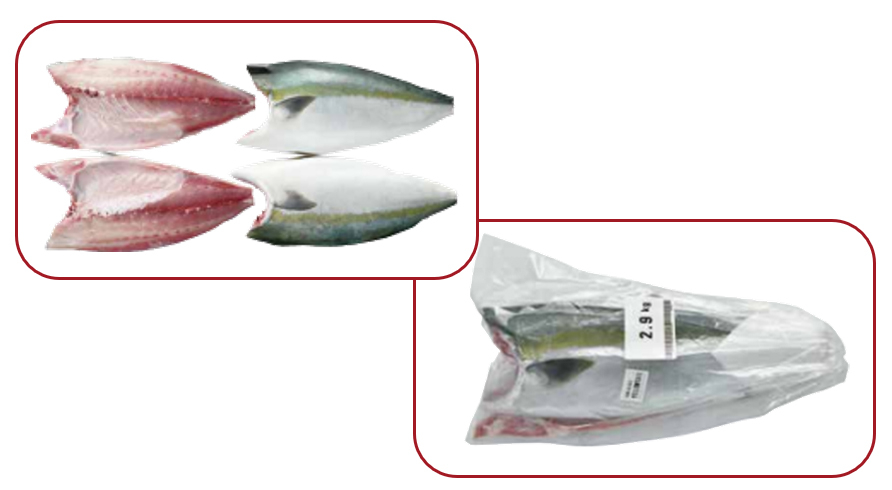Japanese Yellowtail, scientifically known as Seriola Quinqueradiata, is a culinary excellence from the waters of Japan. This fish, similar in appearance to tuna, has a slender and tapered body, which allows it to swim quickly in the water, making it a very coveted and sought-after delicacy. It is known by different names depending on the regions of Japan and also the size it has reached. The name “Hamachi” refers to the smallest and youngest Yellowtails, while the larger ones are called “Buri”. Farmed Buri, thanks to advanced technology developed by Japanese farmers, is now widely available with consistent quality throughout the year..
Buri offers an unparalleled culinary experience thanks to a melting texture, an enveloping taste rich in healthy nutrients.
Its fatty meat makes it ideal for various cooking techniques and different types of cuisine: from Japanese to European to Mediterranean. It is eaten both raw and cooked. This fish is considered a sophisticated alternative to tuna and is appreciated above all for its delicacy
Buri is recommended not only for its unique flavor but also for its nutritional properties. In fact, this species is rich in omega-3 fatty acids, such as EPA and DHA, which provide benefits for heart and brain health by reducing the risk of hypertension and coronary heart disease.
Buri even contains more DHA and EPA than salmon.
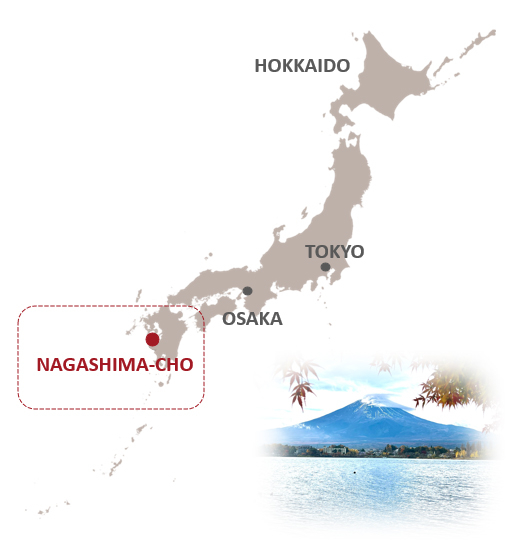
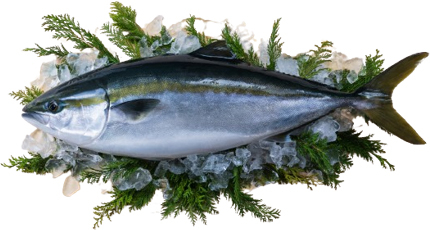
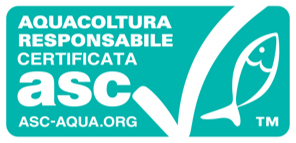
Japanese Buri is raised sustainably, respecting numerous environmental and social standards. Farmers are committed to treating each fish with care and respect, maintaining high standards of animal welfare. Each has achieved certification from the Aquaculture Management Council (ASC).
Farmers are using increasingly advanced technologies to control water quality, monitor fish density and health on farms. Additionally, through careful selection, they have identified the best foods to produce fatty, healthy, high-quality meat.
Each fish is processed with care and precision to guarantee its freshness and unrivaled quality.
The manufacturing process takes place in factories that comply with rigorous hygiene and food safety standards with particular attention to the freshness and quality of the finished product.
The Ikejime processing technique is essential to achieve all of this.
This traditional Japanese method allows the fish to be killed instantly, minimizing post-mortem muscular movements and therefore the formation of lactic acid in the meat: a painful death is avoided while preserving the original flavor of the meat. The fish is immobilized with a quick blow to the head. Subsequently, an incision is made on the tail which allows direct access to the spinal cord and its removal using a high-pressure water jet. Finally, the fish is immediately cooled in a tank filled with ice and cold water to quickly lower its body temperature, thereby improving its preservation, bleeding and preventing bacterial growth. In a short time, it is weighed, packaged and labeled. This rapid and precise manufacturing process guarantees freshness and quality according to HACCP health standards

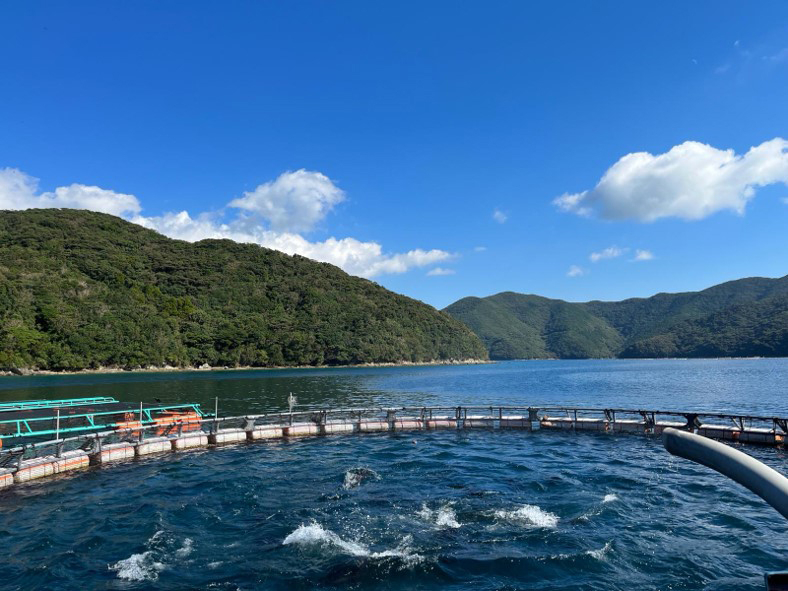
Whole or gutted Yellowtail is ready to be processed and prepared according to customer preferences. Each polystyrene box contains two fish and comes with a gel pack to keep the product fresh during transport.
Ideal for those who want to prepare whole Yellowtail according to traditional or custom recipes using all parts.
The Yellowtail is already filleted and vacuum-packed, ready for convenient use. Each polystyrene box contains ten Yellowtail fillets, perfect for those who prefer a ready-made solution.
Vacuum-packed fillets maintain the intact freshness and quality of the fish.
